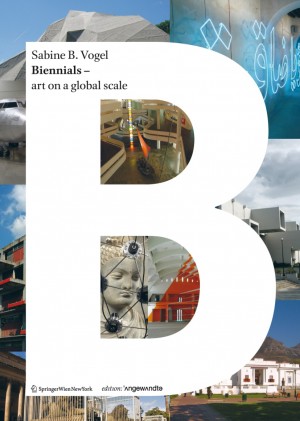Each second year, those interested in the fine arts from all over the world feel attracted to the “Biennale di Venezia”. Founded in 1895, it’s the best known and oldest biennial followed only 50 years later by the Sao Paulo Biennial. In modern times the leading format for internationalization, the number of new foundations has once more rapidly increased in the course of globalization since the eighties. Biennials are in fact the only exhibition format in which the impact of globalization expresses itself in terms of arts. There is, though, little published information on the biennials of Sao Paulo, Habana, Istanbul, Sydney, or New Delhi, to name but the oldest. To which tradition do biennials belong and what’s the importance of this format today? Which developments do they reflect, which ones do they initiate? Through the portraits of 22 selected biennials, the book seeks answers for these questions. Thanks to numerous illustrations and a list of the most important biennials founded, this book gives the first compact overview of this complex topic.
About the author: Sabine B. Vogel was born in Essen, Germany, and moved to Vienna in 1995. Since 2001 she has been living in Klosterneuburg, Austria. After her studies at Ruhr University Bochum, she wrote her thesis in history of arts at the University for Applied Arts, Vienna. As of 1989, Sabine B. Vogel is a free-lance arts critic, a curator, and correspondent for ArtForum, New York, among others. As of 2003, she is a lecturer at the University for Applied Arts, Vienna; as of 2004 board member; as of 2008 president of AICA (International Association of Art Critics) Austria.
Series: Edition Angewandte
Vogel, Sabine B.
1st Edition, 2010, 144 p., 54 illus., 51 in color
- Softcover, ISBN 978-3-7091-0250-3
- 32,95 EUR (Austria)
Springer Verlag GmbH
Sachsenplatz 4-6 | P. O. Box 89 | 1201 Wien | Austria
T: +43 1 330 24 15–257 / F: +43 1 330 24 26–62. FN 128055t – HG Wien, Austria.


